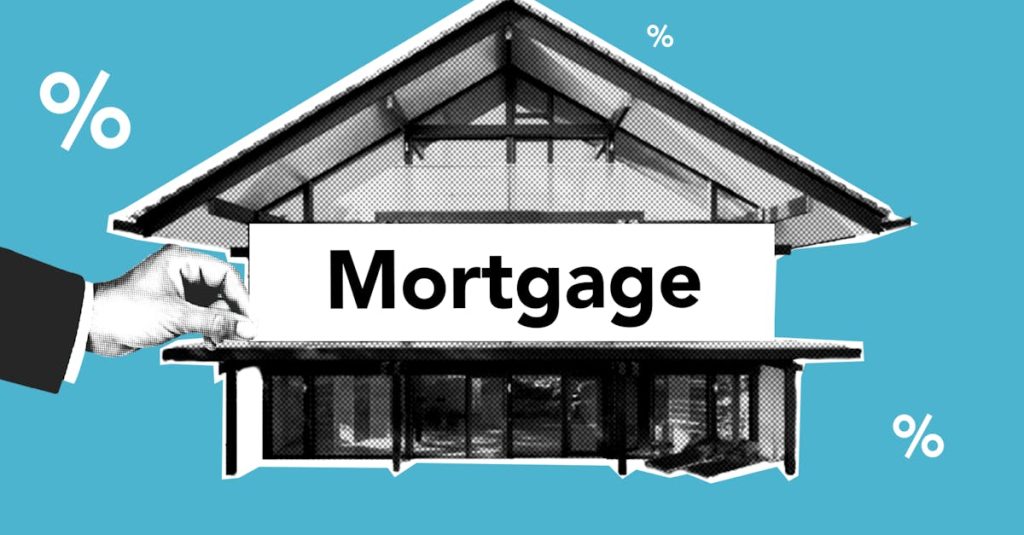The Impact of Recent Federal Interest Rate Decisions on Small Business Loans: A Comprehensive Guide to Understanding and Navigating the Changes
Estimated reading time: 6 minutes
- Understanding the recent federal interest rate changes and their impact on small businesses.
- Exploring diverse financing options to combat rising borrowing costs.
- Strategies for strengthening your financial profile in a tightening credit market.
- Locking in rates and planning for future financing opportunities.
Table of Contents
- Understanding Federal Interest Rate Decisions
- Why Interest Rates Matter for Small Businesses
- Navigating the Current Landscape: Key Strategies
- The Future of Small Business Financing
- Conclusion
Understanding Federal Interest Rate Decisions
The Federal Reserve, often referred to as the Fed, plays a significant role in shaping economic conditions in the United States. One of its primary tools for influencing the economy is the federal funds rate, the interest rate at which banks lend reserves to each other overnight. Changes in this rate affect the overall borrowing costs for individuals and businesses alike.
In response to rising inflation levels in 2023 and early 2025, the Fed has taken a more aggressive approach, raising interest rates multiple times. As of the latest reports, the federal funds rate stands at 5.25% to 5.50%, the highest level in two decades. While these actions are intended to keep inflation in check, they also create ripple effects throughout the economy, particularly in small business financing.
Why Interest Rates Matter for Small Businesses
Interest rates hold considerable weight for small businesses, impacting both the cost of borrowing and the overall economic environment. Understanding why these rates matter can help you make informed financial decisions.
Higher Borrowing Costs
When the Fed increases interest rates, the cost of obtaining loans rises. Small businesses often rely on various financing options, including:
- Working Capital Advances: Short-term loans to cover day-to-day expenses.
- SBA Loans: Government-backed loans designed to help small businesses qualify for more favorable terms.
- Equipment Financing: Loans specifically for purchasing equipment.
- Merchant Cash Advances: A lump sum payment in exchange for a percentage of future credit card sales.
- Lines of Credit: Flexible loans allowing businesses to withdraw funds as needed.
In a higher interest rate environment, the repayment burden on these loans increases, leading to tighter budgets for small business owners.
Investment Decisions
When interest rates are high, businesses may think twice about expanding or investing in new projects. The additional cost burden can lead to hesitation in taking on debt to fund growth opportunities such as hiring new employees, launching new products, or upgrading technology.
Investor Sentiment
Higher interest rates can also lead to decreased investor sentiment in the small business sector. Investors may become more cautious when the cost of borrowing is elevated, impacting venture capital availability and affecting the overall growth outlook for small businesses.
Navigating the Current Landscape: Key Strategies
Understanding the current interest rate environment is crucial, but it is equally important to strategize effectively to navigate these changes. Here are three practical takeaways for small business owners:
1. Explore Diverse Financing Options
With borrowing costs on the rise, it is essential to explore a variety of funding options:
- SBA Loans: These government-backed loans may still offer lower interest rates compared to traditional bank loans. The SBA’s 7(a) and 504 loan programs can be attractive financing roles.
- Equipment Financing: As equipment needs rarely cease in a growing business, opting for specialized financing can spread the cost over time without devastating cash flow.
- Merchant Cash Advances: If you have steady credit card sales, an MCA can be an alternative. Just be cautious about costs; these can be significantly higher than traditional loans.
Big Think Capital connects small business owners with these diverse funding solutions, helping to identify the best option based on individual financial needs.
2. Strengthen Your Financial Profile
In a tightening credit market, it becomes crucial for small business owners to work on their financial profiles. Here are a few tips:
- Improve Your Credit Score: Monitor and improve your credit score through timely payments and responsible credit usage. A higher credit score can lead to better loan terms.
- Maintain Accurate Financial Records: Lenders appreciate businesses with organized and transparent financial reporting. This can not only improve your chances of securing funding but also lead to better interest rates.
- Provide a Strong Business Plan: Highlight your growth strategy, cash flow projections, and market analysis in your plan. Lenders are more likely to trust businesses with a solid roadmap.
3. Lock in Rates When Possible
If you find favorable interest rates in the current market, consider locking in a rate through a fixed-rate loan. Many lenders offer the opportunity to secure a loan at current rates, protecting your business from future hikes. This approach can provide peace of mind and financial predictability.
The Future of Small Business Financing
While the road ahead may appear challenging due to recent interest rate decisions, there are always opportunities for resourceful business owners. Understanding the landscape of small business funding is paramount. According to a report by the National Small Business Association, around 73% of small businesses reported that access to capital is essential for growth [Source: NSBA, 2023].
You can also stay updated on current trends and forecasts. According to the International Monetary Fund, experts suggest that if inflation is tamed, the Fed might consider rate cuts in late 2025, potentially leading to a more favorable financing environment down the line [Source: IMF, 2023]. Keeping an eye on these developments can offer insights into when to seek financing.
Conclusion
Understanding the impact of recent federal interest rate decisions on small business loans is essential for any business owner’s growth strategy. With careful planning, exploration of diverse financing options, and proactive financial management, small businesses can navigate this environment effectively.
Big Think Capital is here to assist you through this process, providing personalized solutions to empower your funding needs. Whether you are considering an SBA loan, equipment financing, or seeking a working capital advance, we guide you to the best choices.
For more information on how we can help you secure the funding necessary for your business success, visit bigthinkcapital.com or speak with one of our funding experts today. Let us help you chart a path to financial stability and growth in 2025 and beyond.
Frequently Asked Questions (FAQ)
- What is the federal funds rate?
- How do interest rates impact small business loans?
- What financing options are available for small businesses?
- When should I consider locking in interest rates?
What is the federal funds rate?
The federal funds rate is the interest rate at which banks lend reserves to each other overnight. It is a key tool used by the Federal Reserve to influence economic activity.
How do interest rates impact small business loans?
Higher interest rates increase the cost of borrowing, making loans more expensive for small businesses. This can affect their ability to secure funding and invest in growth opportunities.
What financing options are available for small businesses?
Small businesses can explore various financing options, including SBA loans, working capital advances, merchant cash advances, equipment financing, and lines of credit.
When should I consider locking in interest rates?
If you encounter favorable interest rates in the current market, locking in a rate through a fixed-rate loan can protect your business from future increases.






